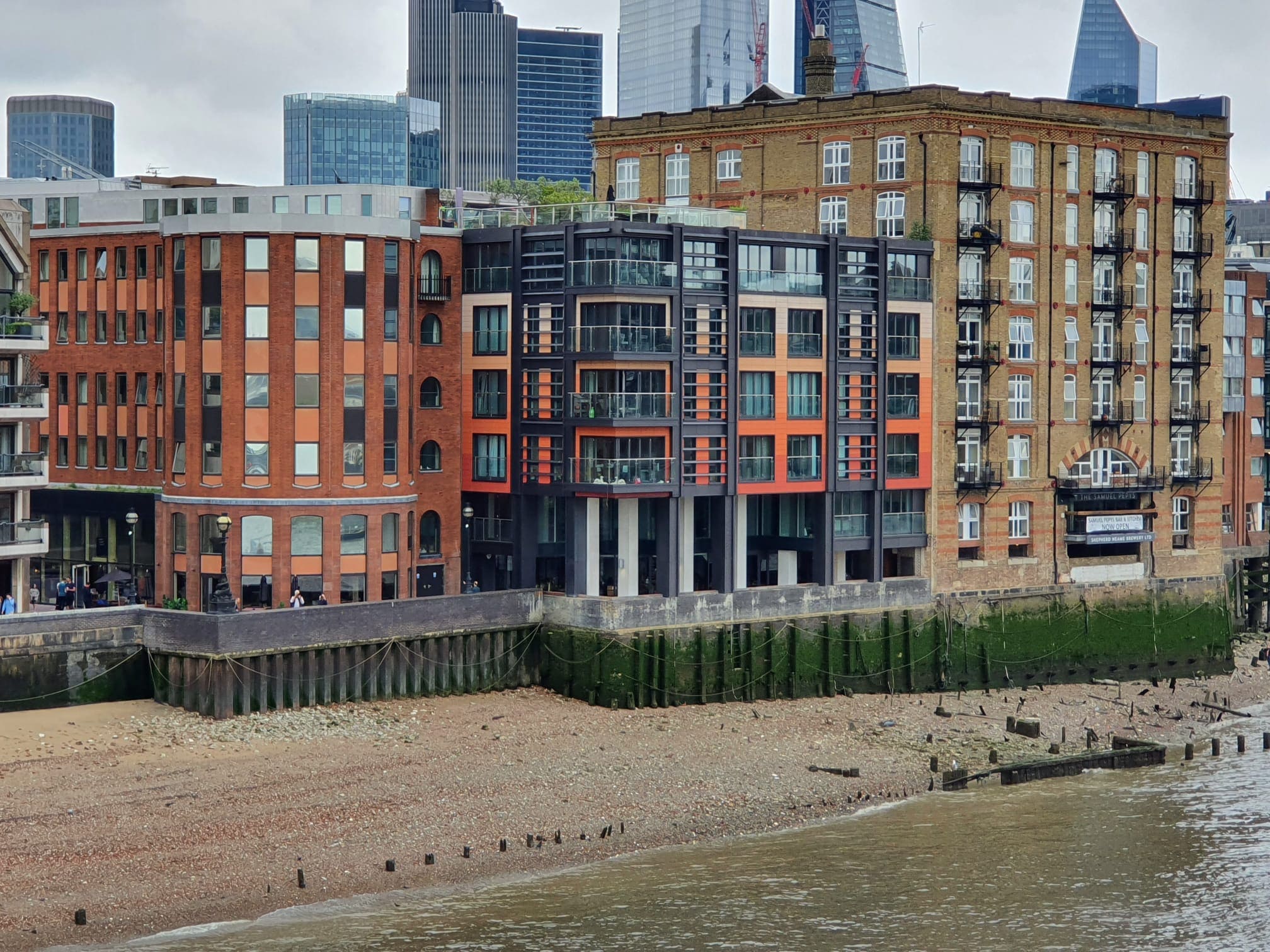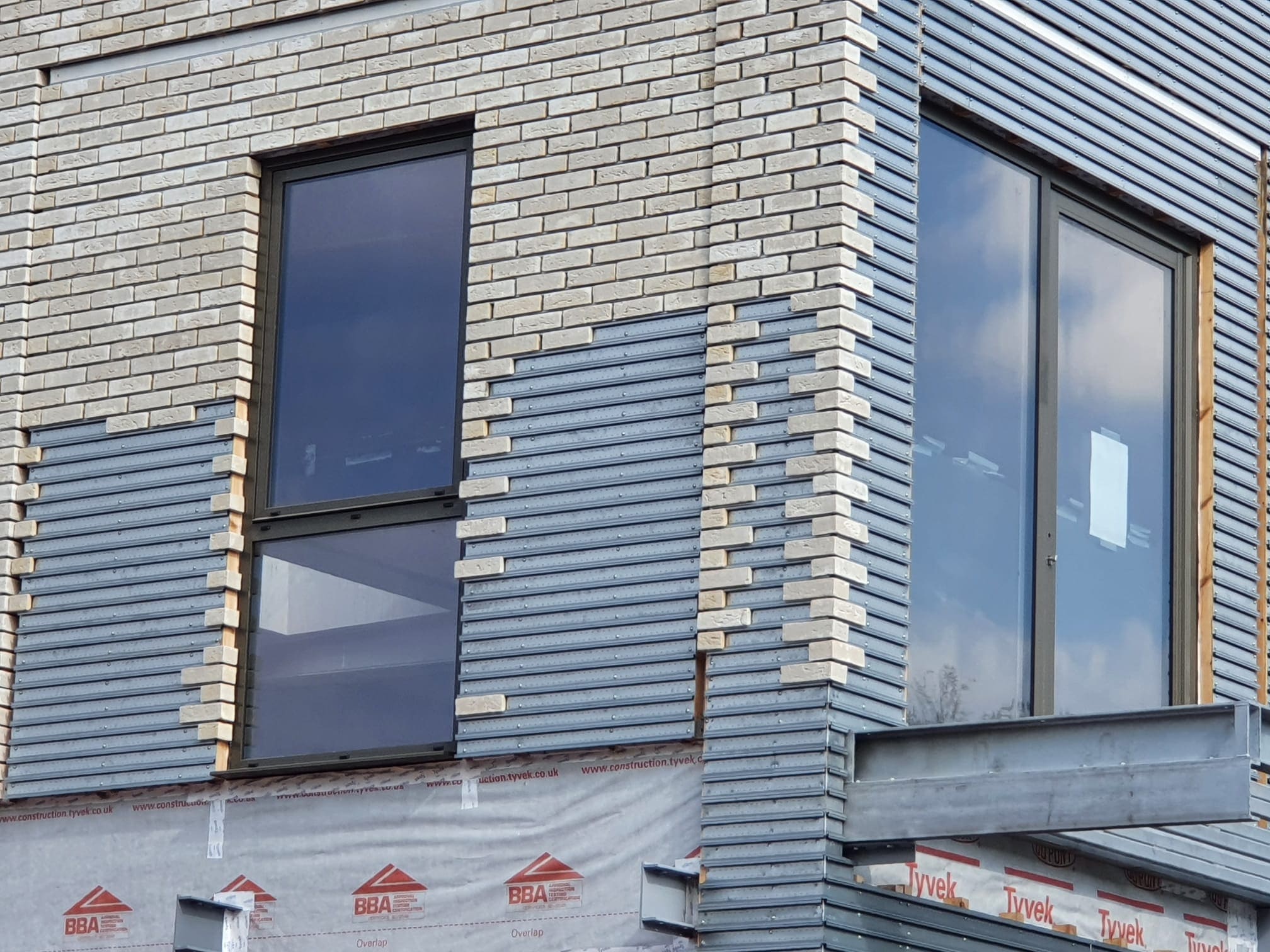14/03/2023
by: Property Week

The Building Safety Act
Section 4 of the Building Safety Act requires an appointed person to ensure fire and structural safety for all buildings deemed high-risk. The government’s consultation proposes that resident management companies (RMCs) and right-to-manage companies (RTMs) appoint building safety directors in place of volunteers, if unable to designate someone that can adequately meet the role’s demands.
Proposed Building Safety Reforms Add Burden to Leaseholders, Sparking Industry Backlash
Far from ensuring accountability for building safety, the proposals threaten to add another layer to an already complex regulatory regime, requiring leaseholders to foot the bill. Industry reaction has been fierce, with prominent resident-led company directors threatening to resign if the proposals come to pass. Under the proposals, building safety directors would be recruited by the government and paid for by management companies, which would pass on the cost as a service charge to leaseholders. This is a long way from promises by former Prime Minister Boris Johnson that “no leaseholder should have to pay for the unaffordable costs they didn’t cause”.
EWS1 Costs and New Fire Safety Regulations Burden Leaseholders
Leaseholders are struggling with new EWS1 remedial costs. EWS1 forms, which assure mortgage lenders that buildings with potentially combustible cladding have had fire safety assessments, are valid for five years, so will soon expire for those who got them early. On top of this, the new Fire Safety Act has greatly increased fire-door inspections, while the cost-of-living crisis has driven up service charges, and ground rents aren’t falling.
Understanding the Financial Impact of Building Safety Regulations on Leaseholders
Inconsistent communication of these piecemeal changes means few leaseholders are familiar with the details of an increasingly convoluted regulatory landscape. The cost of these changes could be substantial; a building safety director’s salary could be anywhere from £60,000 to £85,000 in London. And as appointing a building safety director would relieve RMCs and RTMs of criminal liability for building safety, many of these companies may have no choice but to designate one. For buildings over 30 metres with one or two flats per floor, a building safety director could add around £5,000 to service charges per year per owner.
The Building Safety Act: Gaps in Accountability and Expertise
Over 12,500 buildings in England meet the Building Safety Act’s high-risk category as of early 2020, yet no estimate has been made of the number of these for which building safety directors may have to take responsibility, and how many directors are needed. The proposals fail to consider how few people are likely to have the knowledge to carry out the role – a recurring theme of the government’s cladding crisis response. The proposals fail to outline in any detail the eligibility criteria for a suitable building safety director, let alone the qualifications required. Reports of unqualified fraudsters signing off on EWS1 forms should serve as a warning of the detrimental outcomes that can arise should a lack of adequately trained directors prove an issue. Those appointed would have to inspect buildings regularly, but how often is open to interpretation. Under these proposals, leaseholders again will be left out of pocket by reforms that seem more like an attempt to do something fast than a well-considered approach to building safety. Government must pursue an approach that delivers on promises made to keep costs to leaseholders down.
The Path Forward: A Call for Clearer Guidelines and Support for Leaseholders
To address the growing concerns among leaseholders and the industry, there is a clear need for more detailed guidance and support from the government. The introduction of building safety directors must be accompanied by clear eligibility criteria, reasonable training requirements, and a fair distribution of costs to avoid further financial hardship for residents. A more collaborative approach between the government, property managers, and leaseholders could ensure that safety measures are implemented effectively, while also honoring the promises made to keep costs down for those who are already burdened by the aftermath of the cladding crisis. Without a more balanced approach, these proposals could undermine public confidence in the government's ability to protect leaseholders' interests.
To address the growing concerns among leaseholders and the industry, there is a clear need for more detailed guidance and support from the government. The introduction of building safety directors must be accompanied by clear eligibility criteria, reasonable training requirements, and a fair distribution of costs to avoid further financial hardship for residents. A more collaborative approach between the government, property managers, and leaseholders could ensure that safety measures are implemented effectively, while also honoring the promises made to keep costs down for those who are already burdened by the aftermath of the cladding crisis. Without a more balanced approach, these proposals could undermine public confidence in the government's ability to protect leaseholders' interests.
propertyweek.com
 2021
2021












Keep up to date
(Weekly, fortnightly or monthly)
To find out more what we do with your data, please read our Privacy Policy

 0
0













